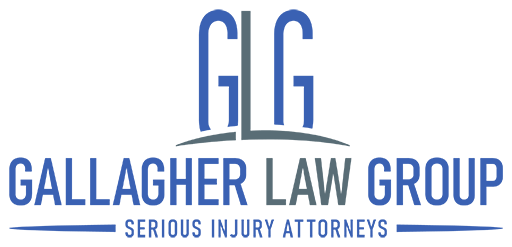I. Introduction
A. Injury lawyers are crucial players in personal injury cases, helping clients navigate the legal system to receive compensation for their injuries due to negligence or wrongdoing.
B. Understanding the legal fees associated with hiring an injury lawyer is essential for prospective clients, ensuring they can budget adequately for their legal representation.
II. Common Fee Structures for Injury Lawyers
A. Contingency Fee Basis
1. A contingency fee means that the lawyer only gets paid if the client wins the case. If there is no recovery, the lawyer does not collect a fee.
2. The typical percentage range for contingency fees is between 25% to 40% of the settlement amount, depending on the complexity of the case.
B. Hourly Rates
1. Some injury lawyers charge by the hour for their services, where clients are billed for the actual time spent working on their case.
2. The hourly rates can vary significantly based on the lawyer's experience and the case's complexity, with more seasoned lawyers charging higher rates.
C. Flat Fees
1. Flat fees may apply in certain situations, such as specific legal consultations or routine services that do not involve significant complexity.
2. While flat fees can provide clarity on costs upfront, they can also be a drawback if the case becomes unexpectedly complicated, potentially leading to additional charges.
III. Factors Influencing Legal Fees
A. The complexity of the case significantly impacts the fee structure, as more challenging cases may require more resources and time.
B. Geographic location plays a role, with regional differences in how lawyers charge for their services, affecting overall costs.
C. A lawyer's experience and reputation in the field can lead to higher fees, as experienced attorneys may command more for their expertise.
D. The duration of the case also influences legal fees, with longer cases incurring more charges due to the sustained effort required.
IV. Additional Costs and Expenses
A. Out-of-Pocket Expenses
1. Clients should anticipate out-of-pocket expenses, such as court filing fees and investigation costs, which are often necessary components of legal representation.
B. Impact on Total Fees
These additional costs can significantly affect total fees, so it's essential for clients to have a clear understanding of the financial aspects involved.
V. Potential for Fee Negotiation
A. Discussing fees upfront with potential lawyers is crucial to ensure that both parties have a clear understanding of the costs involved.
B. Transparency in fee agreements can help avoid misunderstandings and foster a better attorney-client relationship.
VI. Conclusion
A. Understanding the various fee structures and factors influencing legal fees is vital for anyone considering hiring an injury lawyer.
B. Prospective clients should make informed decisions regarding their legal representation, ensuring that they choose a lawyer who aligns with their financial and legal needs.
FAQs
- 1. What is a contingency fee? A contingency fee is a payment structure where the lawyer only receives payment if the case is won, typically a percentage of the settlement.
- 2. Can I negotiate legal fees with my lawyer? Yes, discussing and negotiating fees with your lawyer upfront can lead to a mutually agreeable arrangement.
- 3. What are additional costs I might incur? Additional costs may include court filing fees, investigation expenses, and other out-of-pocket expenses necessary for the case.
- 4. How does geographic location affect legal fees? Geographic location can lead to variations in fee structures, with urban areas often seeing higher legal fees than rural regions.
- 5. What are the typical percentages charged on a contingency fee? The typical percentage range for contingency fees is between 25% to 40%, depending on the case's complexity.
</article



Comments: